Interviews, PeopleSurf Simply Interviews: Harrison Roach
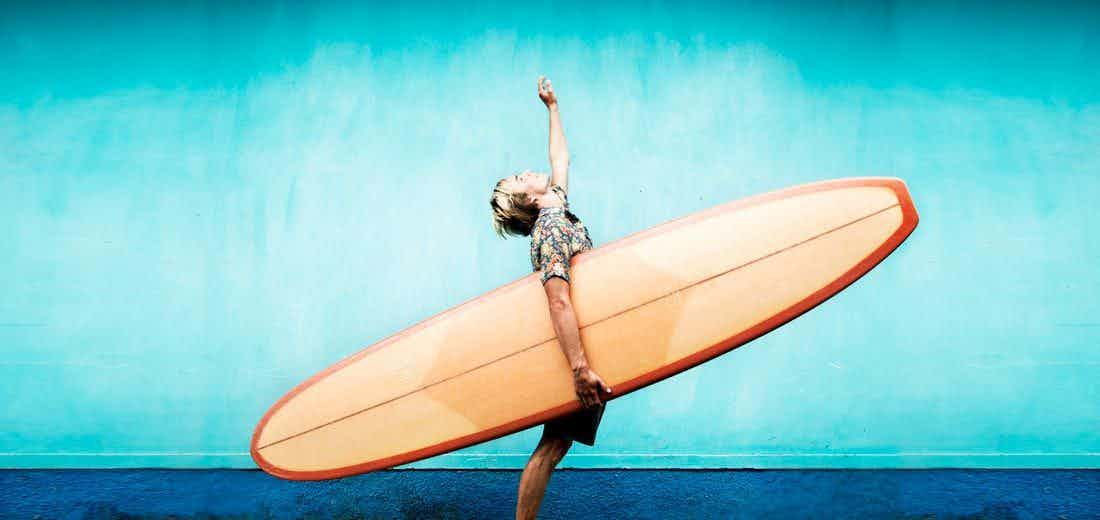
Far from the madding crowd of main stream professional surfing where ASP events and social media output are the commodity upon which surfers build their careers, Harrison Roach finds himself calmly carving out a life on the fringe. A unique and thoughtful individual whose love of literature, design and motorbikes have taken him all over the world, while his effortless and elegant style have made him a surfer that other surfers love to watch. Harrison was kind enough to talk with Surf Simply about his surfing, where it came from and where it all might lead. Here’s a man who had too much to dream last night.
Over the past few years, you have developed one of the more unique styles in surfing. What factors (in or out of the water) pushed you in your current direction?
“Whatever my style or direction, it hasn’t come to fruition over just the last few years, I’m on the same road that I’ve been on my whole life. If you were after the cliché and easy answer, I would say that what I do is my passion, and I’m headed in this direction because I’m doing what I love to do. But that’s boring.
Most of it comes back to where I’ve grown up and the people that that I’ve met and been influenced by. My surfing was able to flourish in my hometown, in the relative surrounding areas (from Noosa to Angourie) and under the guidance of a handful of like-minded people. I’ve been lucky to have support from an incredible range of surfers, surfboard builders and surfboard collectors. People have always gifted me opportunities to ride a wide range of equipment. And by wide range I mean boards that cover almost every era of surfing, from Alaias and Toothpicks to modern day Thrusters.
The boards and the people who encouraged me to ride them instilled in me a passion for surfing in general. It doesn’t matter what I ride. Thanks to that, my appreciation for the act of wave riding is more diverse than it would be otherwise, and that has lead me to where I am today.”
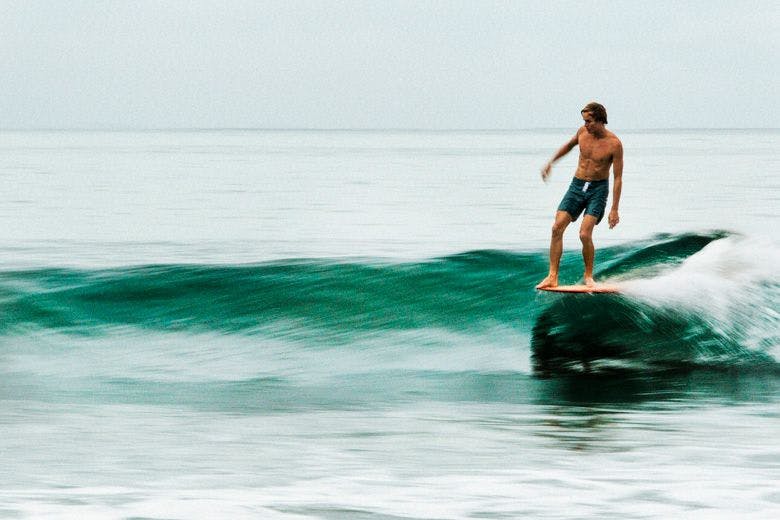
While best recognized by the mainstream media for your skills on a log, you are quite adept on a wide variety of wave craft. As seen in the short Film “I Had Too Much To Dream Last Night”, you have been known utilize a extremely diverse quiver. What motivates you to explore these different fields of design?
“I’ve always ridden different boards. My want to explore different fields of design came from the way my love for surfing started. As child my friends and I would spend weekends at the beach with every board we owned. Most of us had three surfboards and a Bodyboard. My quiver consisted of my first board: an old Single Fin that Dad found in a garage sale, a Longboard: it was my Mum’s, and a Thruster: to do all the stuff I saw in magazines. There were five of us with similar quivers so we’d have about fifteen between us, and a handful of Bodyboards. The Thrusters were similar in design, but the other ten? They were all different shapes and sizes. On one day at the beach we’d each ride every one of them, including standing up on the Bodyboards, which resulted in an early understanding of finless surfing. I loved the different feelings that different surfboards gave me. I loved the challenge of figuring out how best to ride them. As my surfing matured I started asking the question of why boards felt and rode the way they did and that began my love for surfboard design. To be able to look at any board and know where, when and how to ride it is a skill that very few people have. I guess what motivates me is the possible acquisition of that skill.”
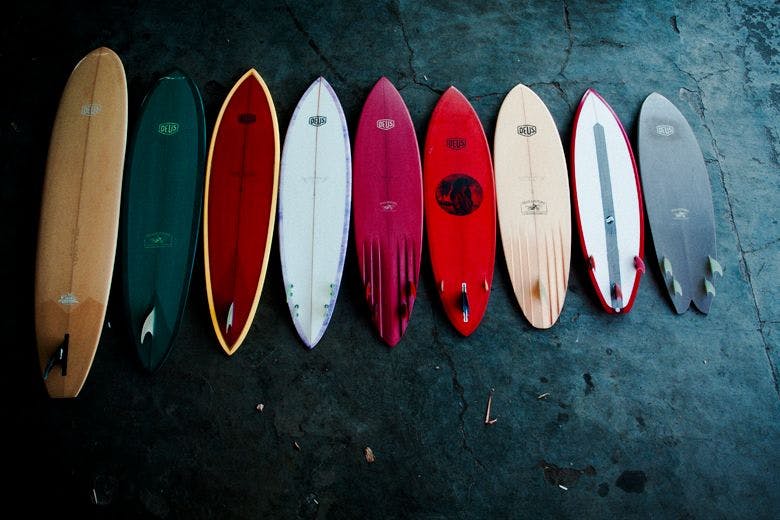
Photo above: “Rich Pavel has hand-shaped me five (boards) in all. There’s a 5’6 speed dialer, a 7’0 single fin “for waves of consequence”, two 6’8 quads (one channel bottom and one spiral v, both made for heavy, throaty waves), a 6’1 channel bottom single fin and a 7’5 “midlength’ single fin. Add to that an 8’6 Mctavish step deck, a 5’9 Thomas lip basher and viola’, the quiver of my dreams is complete.”
It seems that these days, the biggest advocates of alternative surfing (ie Joel Tudor, you, ect.) are big proponents of the “ride the best board for the conditions” mentality. What is the difference between this and the Longboard vs. Shortboard view of the 90’s? What do you think lead to this change in mindset?
“I’ve been stuck on this question… I wrote about the 90’s and why I thought people were less inclined to accept Longboarding. How Thruster surfing and ‘ripping’ was a relatively new phenomenon. I started writing about surfing’s massive growth in commercialism and its loss of identity, about how surfers are more open to different boards and styles now because the market and media is so saturated with high-performance surfing. I tried to write about how surf marketing was stagnant. I went around and around in circles trying to pin point the reason why the Longboard vs. Shortboard mentality of the 90’s is less relevant today than it ever has been. Finally, I figured out at least something I wanted to say.
Longboarding in the 90’s and through until the mid 2000’s was predominantly promoted in the exact same way as Shortboarding. Events were held in Shortboarding conditions under tail-surfing based criteria. In that context Longboarding looked like Shortboarding’s ugly and irrelevant cousin; the maneuvers were the same but less critical and less cool. Therefore, less accepted.
Thankfully, over the last ten years Longboarding has reclaimed much of its identity. It has slowly but surely come to be known (once more) for its unique and subtle attributes, of which the most valued is nose riding. After being removed from the shadow of its shorter counterpart, Longboarding has been able to blossom. It is now becoming recognized as a form of surfing that is to be done in a different environment, i.e. when waves are small and in a different manner, i.e. less rip and tear, more flow and footwork. This has removed much of the stigma that was held against it and made it more acceptable for young surfers to ride Longboards.
On top of that, these days the majority of young people who ride Longboards do not ride them strictly; they do not even consider themselves Longboarders… they are surfers. A Longboard is just one of the boards in their quiver and it is to be used when the waves suit it. The narrow mindedness of the 90’s is still common but it is losing relevance. People want to be on boards that suit the conditions.”
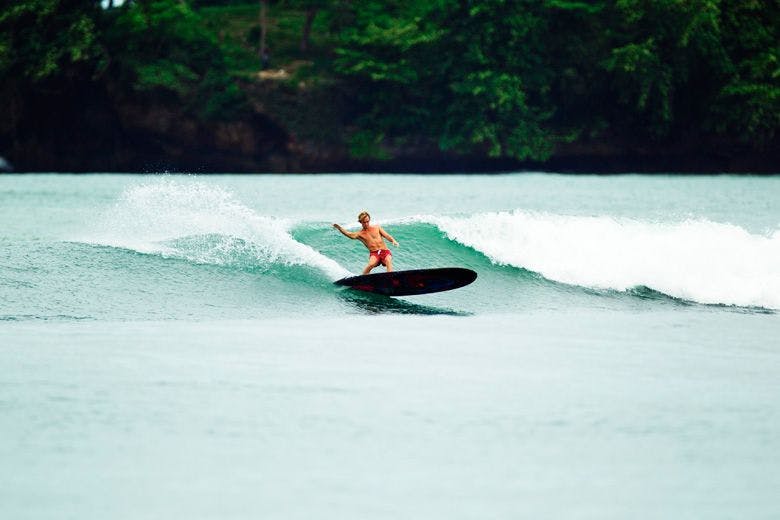
After years of dominating competitive long boarding with minimal conformation, Joel Tudor now works to change the framework of Longboard competition with his “Duct Tape Invitational” Series. It seems you have been pretty successful in his criteria. What is it that makes these contests such a better platform to display traditional surfing?
“Joel’s “Duct Tape Invitational” series has done wonders for the way that longboarding is viewed in the surfing world. It’s not that the series is a better way to display longboarding, it’s that it is a way to display longboarding.
In 2007 I watched a longboarder win the world title without noseriding, without even moving his feet on the board. I didn’t consider that real longboarding. The ASP was out of touch. The World Longboard Tour was the World Tour’s ugly and irrelevant cousin. And it still is, if it even exists.
Joel’s events have for the first time given a platform to display what the current youth considers being Longboarding. It is unique, and that’s why it’s so interesting.”
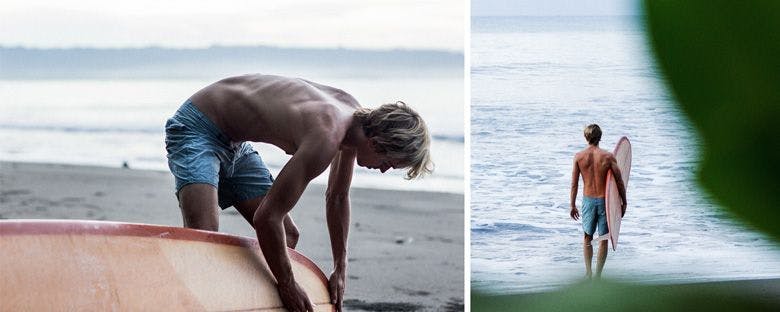
Although there are a ton of up and comers doing some incredible traditional surfing, they don’t always get much exposure in the mainstream media. Who are some of your peers that are pushing your surfing the most?
“I’m not sure I like labeling the surfing that I am interested in as ‘traditional.’ The people I’m inspired by are the ones who reference vintage styles in a contemporary manner; they take the best of the past, blend it with the present and create something new. Ryan Burch is one such person. If there is anyone I would like to see surf more, it’s Ryan Burch. He has a freakish talent in the water, he is in touch with all of surfboard design’s eras and he is building and riding the most futuristic shortboards that I have ever seen, as well as building and riding some of the most classic longboards that I have ever seen. He blows me away. Ryan’s surfing and shaping is definitely recognized but is doesn’t get half as much of the attention as it deserves. Though the lack of media attention may be self-imposed.”